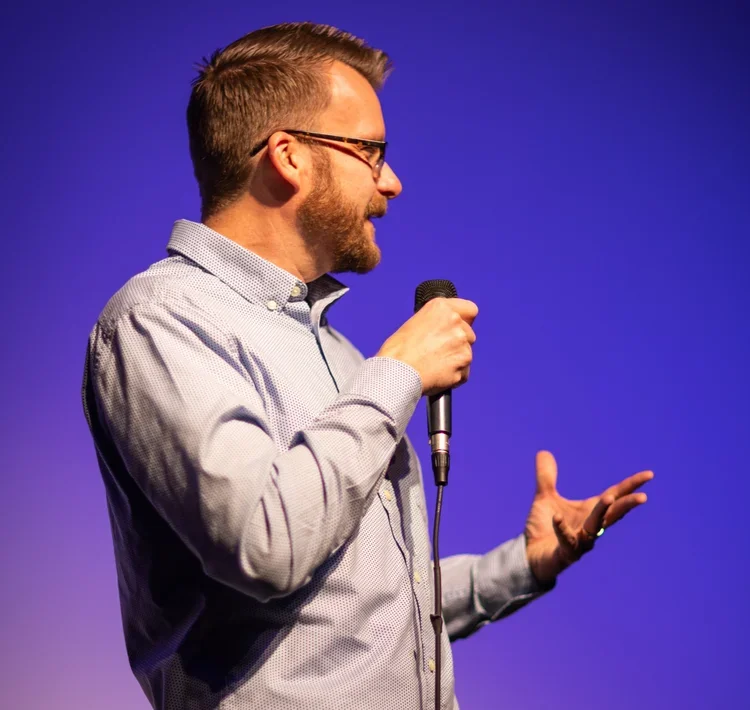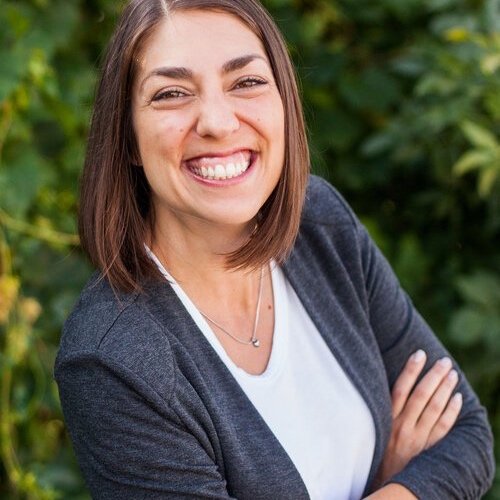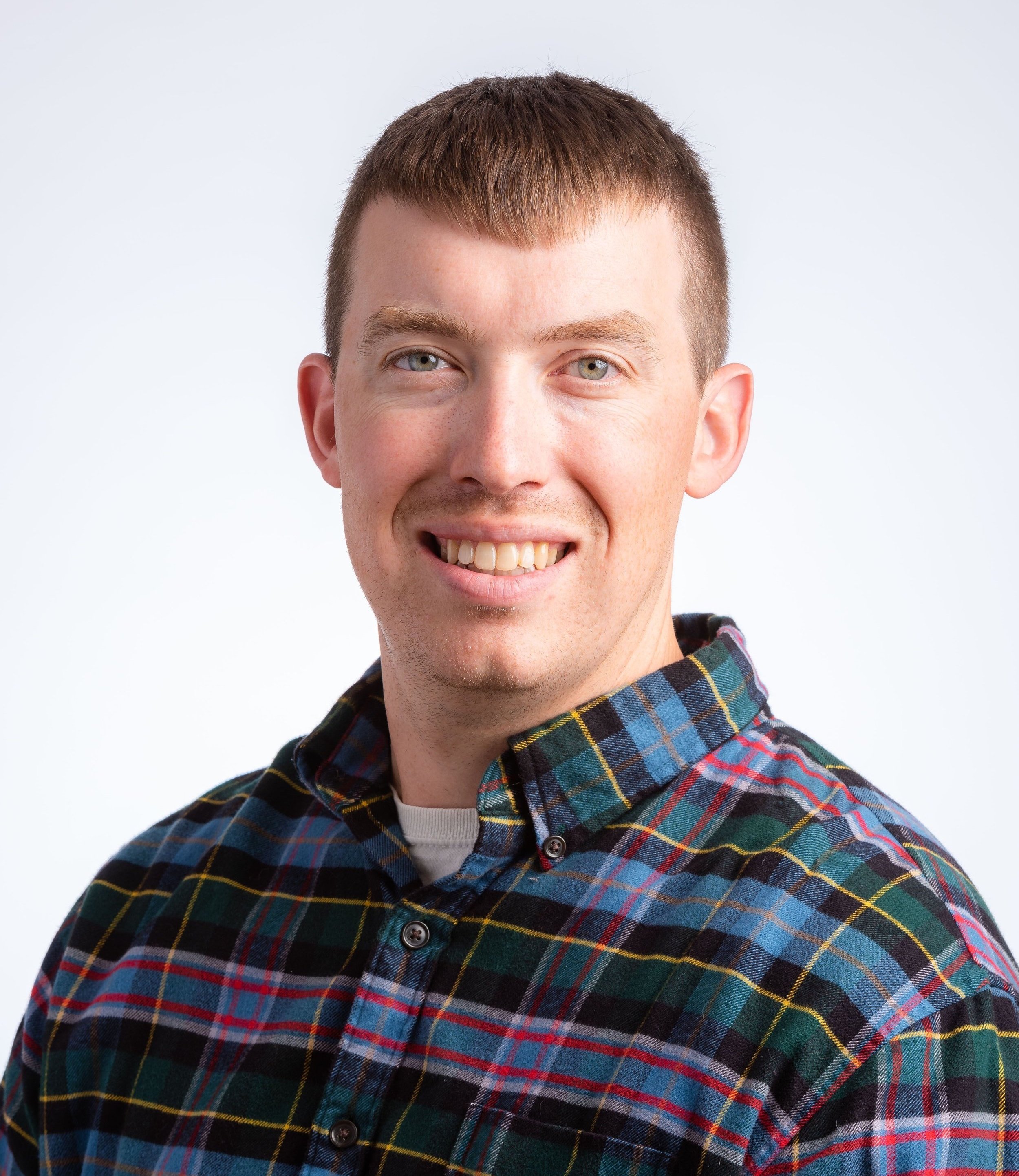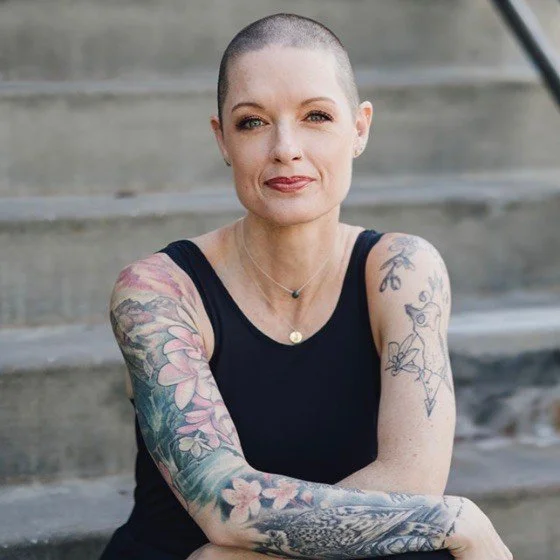Church Anew Blog
Get Updates in Your Inbox
Want to stay up-to-date with the Church Anew Blog? Sign up for our weekly blog round-up.
Different Branches, Entwining Roots: A Reflection on the First Year of Clergy Coaching
When I’m coaching, it’s not about me or my ministry. And since I’ve been bearing witness to Sandy’s ministry all year, through these sessions, site visits and engagement with her congregational leaders, I have a robust sense of why her ministry is fantastic. I could ask, “Why did you want everything about your ministry to change?” But I don’t. Instead, I just listen because coaching might be the only place Sandy gets to name these things aloud so she can hear them, share them, and loosen some of their power.
A Shared Calling: Making the World Day of the Poor an Ecumenical Witness
On November 16th, the 33rd Sunday in Ordinary Time, the Roman Catholic Church will celebrate the eighth World Day of the Poor. This global observance was established by the late Pope Francis in 2017 [to remind us that] that, in Francis’ words, “so long as Lazarus remains at our gate” (Luke 16), the Church’s work is not yet done.
Stand-Up & Preach: 8 Comedy Secrets That Can Make You A Better Preacher
I’m convinced that if pastors engaged their congregations with the same intentionality comedians bring to a club, our sermons would not just inform but truly connect, inspire, and transform.
Beyond Stewardship II: Exploring Alternatives
I recognize that I am not offering a single neat or easy alternative, and I am well aware of how deeply ingrained stewardship is in the mainline church. It will take years of exploration and experimentation to move beyond it. What matters is that we keep seeking language and practices that draw us closer to the witness of the Gospels.
St. Francis Helped Build a Church Anew
To be clear, I love pet blessings. But what if we also recovered Francis’s radical poverty, simplicity, and love of the human Jesus as an essential way of rebuilding the Church anew?
Mary, Undoer of Knots
My spiritual director asked me, “Have you ever heard of Mary, Untier of Knots?”
Beyond Stewardship
As we approach “stewardship season,” I want to question the language of stewards and stewardship. To be clear, this is not a critique of fundraising. I serve a small Spanish-speaking congregation, and I know firsthand how vital annual pledge drives are for a workable parish budget. My concern, rather, is theological. My question is whether stewardship is still the best framework for what we are doing this season.
Pray Without Ceasing
Praying together helps me see how God has already torn open the heavens through Christ’s death and resurrection, and is alive and actively working to bring hope where we thought it a lost cause and to topple all the would-be gods and emperors with a love stronger than any evil and a life stronger than death.
Of Water and Wafers: Resisting Inwardness in an AI World
Independence and autonomy are not the gifts of baptism or communion. Instead, these sacraments remind us that God comes to us from beyond ourselves—that salvation is given, not earned.
Pray Without Ceasing at Shepherd of the Hills in Minnesota
We were early adopters of the Pray Without Ceasing (PWC) ministry opportunity. When I suggested PWC, some shared that praying for thirty whole minutes seemed like a very large hill to climb. Folks were nervous, asking, “What will we do for thirty minutes? Will there be awkward silence? Is this even Lutheran?”
Martha Martha Dragon Slayer (Luke 10:38-42)
Why is it different here? What is so different about Martha that her “ministry” becomes “tasks” and “meal prep”? It is curious, indeed.
When the Sunday Scaries Meet the Gospel: Meeting God in the Overwhelm
The Sunday Scaries—the creeping dread that arrives as the weekend slips away and the responsibilities of the new week inch closer—aren’t just cultural noise. They reflect something deeper: our desire to be in control of our lives, to meet expectations, and to stay ahead of what’s next. But into this anxious reality, the Gospel speaks a quiet and disruptive word of grace.
See Them, Champion Them: On the Election of Presiding Bishop Yehiel Curry and Secretary Lucille “CeCee” Mills
How can we stand “close enough” to Presiding Bishop-Elect Curry and Secretary-Elect Mills? What is our call as ELCA Lutheran Christians to love, support, and protect our newly called leaders?
Let the Words…
What about when I open the door for someone whose arms are full? When I stopped to smell the lilacs while walking in my neighborhood? When I didn’t respond to that mean email with another mean email? Let this offering be acceptable, O Lord.
A Church Anew Book Series: Interview with Barbara Troxell, Author of “My Life Journey, Both Upwards and Downwards”
I would like readers to know that despite discrimination against ordained women, "through many dangers, toils, and snares," there is a significant way through, by the grace and guidance of God.
A Church Anew Book Series: Interview with Rev. Dr. Yolanda Denson-Byers, Author of “See Me, Believe Me”
From the depth of my heart, I beg readers not to say, “I can’t believe it! This can’t be true! That would never happen in my church," ... Instead, “I see you; I believe you,” is a more faithful and compassionate response to the violence of racism perpetuated in our churches.
The Great Aw(AI)kening: Could the Drive Towards Digital Efficiency Generate a Rekindling of Religiosity?
America’s thoroughly documented decline in religiosity appears to have hit a plateau. What does this mean for churches?
Agape: Accepting Ego-Sacrifice as a Foundation for Transformative Love
Agape—the radical, unconditional love taught by Jesus—is not merely an abstract virtue; it is a call to sacrifice the ego and accept reality as it is, so that we may love not only those who love us but also our enemies.
Doubting Thomas: A Disciple for a Digital Age
St. Thomas, who converted from doubt to belief when the resurrected Christ physically appeared to him, has undergone something of a conversion in the last two to three decades.
The Hidden Cost of AI for Church Leaders: Or, AI Took My Job (Satisfaction)
Will AI take your job? It’s more likely to take your job satisfaction, especially if you are a church leader - lay or ordained, staff or non-staff.
EXPLORE OUR ARCHIVE OF ARTICLES FROM
Walter Brueggemann
Get Updates in Your Inbox
Want to stay up-to-date with the Church Anew Blog? Sign up for our weekly blog round-up.











